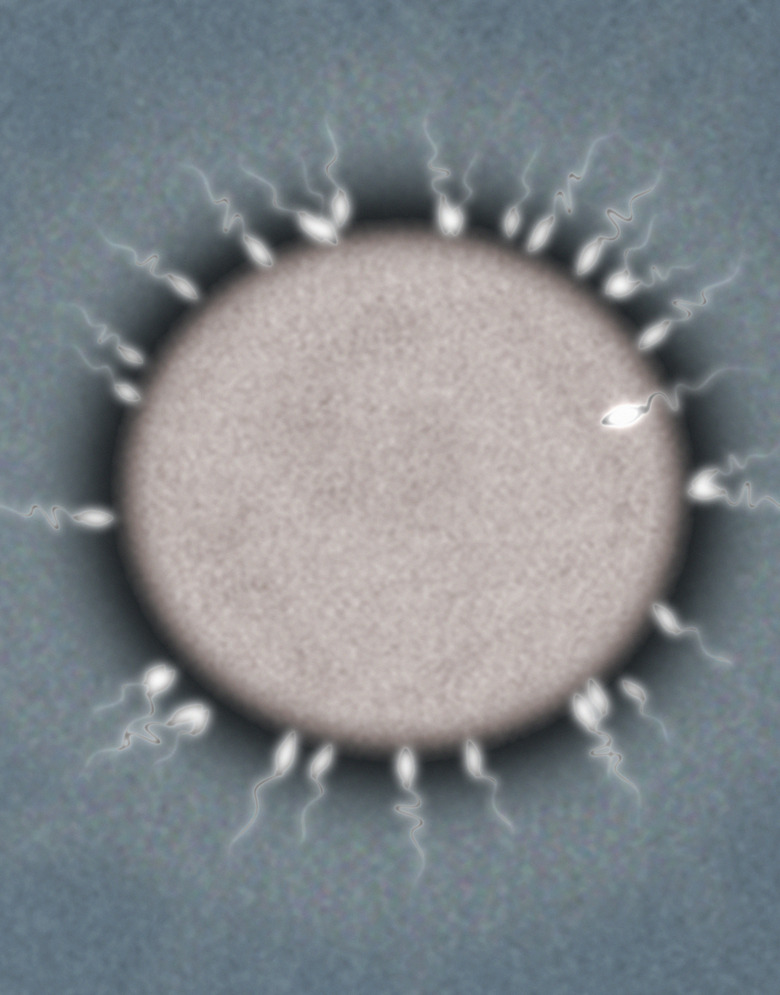What Is The Fusion Of Two Gametes To Form A Diploid Zygote?
All organisms on Earth need some way to reproduce. Without reproduction, no organism would be able to survive past their generation and, thus, would go extinct. The way organisms reproduce can be divided into two general categories: asexual and sexual reproduction.
**Asexual reproduction** is when a single organism creates progeny that is genetically identical to itself. A common method of asexual reproduction is binary fission, which is when a cell duplicates its genetic material and divides into two genetically identical daughter cells.
**Sexual reproduction** involves combining the genetic material of two parents in order to create offspring with different and varied genetic material from both parents instead of simply duplicating genetic material exactly.
Organisms that reproduce sexually must create cells called **gametes** that are haploid (contain half of the standard genetic material). These are often called sex cells. When a male and female's gametes fuse together in order to form a diploid zygote, that zygote will eventually grow into the offspring of those parents. Scientists define fusion of gametes to form a diploid zygote as fertilization.
What Are Gametes?
What Are Gametes?
Gametes are haploid reproductive cells that are used for the purpose of sexual reproduction. They're also referred to as sex cells. Male gametes are also called **sperm**, while female gametes are called eggs or ova.
Formation of Gametes
Formation of Gametes
In animals, like humans, gametes form in the gonads. In males, these are the testes. In females, these are the ovaries.
Sex cells must be **haploid**, meaning they contain half of the necessary genetic information. This is so two gametes can fuse together and each donate half of the new diploid zygote's genetic material. Diploid means that a cell has the full amount of genetic material for that organisms (aka two sets of homologous chromosomes). In humans, a haploid cell has 23 chromosomes and a diploid cell has 46 chromosomes (23 from each parent).
This is why it's said that you get half of your DNA from your mother and half from your father. One half came from the father's sperm and the other half came from the mother's egg in order to create a diploid zygote. Gametogenesis (the formation of gametes) happens through a process called meiosis. Through meiosis, a single diploid cell creates four haploid sex cells.
We Define Fusion of Gametes as Fertilization
We Define Fusion of Gametes as Fertilization
The fusion definition is essentially the definition of fertilization. The male gamete (sperm) fuses with the female gamete (egg) in order to create a fertilized zygote. This zygote has the diploid number of chromosomes and will eventually develop into an embryo.
Fusion/fertilization is the first step in sexual reproduction that leads to the development of a new organism. In humans, this process occurs mainly through sexual intercourse, although new technologies have allowed for artificial insemination, surrogacy and other reproduction methods.
During sexual intercourse, the penis is inserted into the vagina. Ejaculation of semen occurs when the male reaches orgasm. The flagella on the sperm allow the sperm to swim through the female's reproductive tract to reach the egg in the female's fallopian tubes. It's here where the sperm will fuse with the egg to create the diploid zygote.
Stages After Fusion of Male and Female Gametes in Humans
Stages After Fusion of Male and Female Gametes in Humans
After the formation of the diploid zygote, the cell will begin to rapidly divide forming a ball of cells called the blastocyst. This blastocyst will implant into the wall of the mother's uterus.
Once attached, the cells will continue to divide and specialize, eventually forming an embryo. It's during the embryonic stage that the heart, lungs, brain and other internal organs being to form. The embryo will continue to grow, specialize and divide until it becomes classified as a fetus. It will continue to grow and develop until birth at about 40 weeks post fertilization.
References
- Pearson Higher Education: Meiosis Overview
- National Institutes of Health: Meiosis and Fertilization
- Biology LibreTexts: Asexual vs. Sexual Reproduction
- Principles of Developmental Biology: Gametogenesis, Fertilization, and Lineage Tracking
- Cleveland Clinic: Fetal Development: Stages of Growth
- Britannica: Gamete
- ThoughtCo: Gametes: Definition, Formation, and Types
- NIH Genetic Home Reference: How Many Chromosomes Do People Have?
Cite This Article
MLA
Walsh, Elliot. "What Is The Fusion Of Two Gametes To Form A Diploid Zygote?" sciencing.com, https://www.sciencing.com/fusion-two-gametes-form-diploid-zygote-13836/. 12 July 2019.
APA
Walsh, Elliot. (2019, July 12). What Is The Fusion Of Two Gametes To Form A Diploid Zygote?. sciencing.com. Retrieved from https://www.sciencing.com/fusion-two-gametes-form-diploid-zygote-13836/
Chicago
Walsh, Elliot. What Is The Fusion Of Two Gametes To Form A Diploid Zygote? last modified August 30, 2022. https://www.sciencing.com/fusion-two-gametes-form-diploid-zygote-13836/
